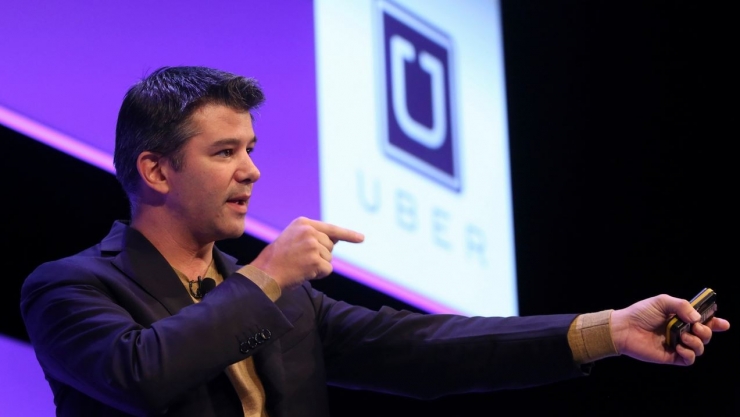
The foreign technology media business insider recently interviewed Uber co-founder and CEO Travis Kalanick to discuss Uber's future development strategy based on self-driving cars and the impact this strategy may have on Uber itself and on-car drivers.
"The premise of this (autopilot) strategy is that we recognize that the world will move into the era of autonomous driving and automation," said Kalanick. "If something really happened and we didn't participate in the development of autonomous driving, what would happen? We will quickly abandon us in the future."
On Thursday, Uber stated that at the end of August, residents living in downtown Pittsburgh in the United States could use their cell phones to call Uber’s self-driving cars under development.
The procedure for taxiing with Uber is the same as usual. The system will match Uber cars for passengers. They may experience the services provided by Uber's self-driving cars. Although it is a self-driving car, there are two well-trained engineers on board. An engineer sits in the driver's seat, ready to take over control of the car, and another engineer sits on the copilot, detailing every move in the car.

Otto co-founder Anthony Levandowski and Lior Ron
In addition, Uber bought Otto, a start-up company specializing in driverless driving of trucks. This also shows that Uber's business scope will be expanded. In the interview, Kalanick made it clear that Uber will enter the truck industry.
He thinks this is a global market of trillions of dollars. "The road passenger transportation business will be a trillion-dollar market, and so is the truck transportation market," he said. "It is still too early to talk about this. If I have to say something, I can only say that we have entered the R&D stage."
In the interview, Kalanick was also asked whether Uber's millions of car drivers will be replaced by self-driving cars in the future.
He said Uber private car drivers will co-exist with self-driving cars in the future. He believes that in the world of traffic automation, the number of drivers (in absolute terms) will increase, but the proportion of drivers will decline. However, the entire car network will provide tens of thousands of jobs.
Kalanick said: “In a city like San Francisco, there are about 30,000 active private car drivers. Suppose we use 1 million self-driving cars to replace these 30,000 car drivers in the future, but don’t forget that even 1 million people drive automatically. In the car, you still need a part of a car driver who is driving by hand, and a self-driving car is also needed, because many places are not reachable by self-driving cars, and some situations cannot be handled, although these are manually driven cars or self-driving cars at Uber. The proportion is very small, but I think a single car network of 1 million self-driving cars still needs to have 50,000 to 100,000 drivers, so I don't think the number of drivers will decrease. "
He gave an example. When the phone first came out, an operator was required to make the connection. However, the advent of mobile phones did not deprive people of employment opportunities, but created a whole new industry and created a large number of job opportunities.
Original link: Travis Kalanick on Uber's bet on self-driving cars: 'I can't be wrong'
Please pay attention to the "New Ideas Drive" section of Lei Feng Net (search "Lei Feng Net" public number attention) and add "New Ideas Drive" to the public number on WeChat.
